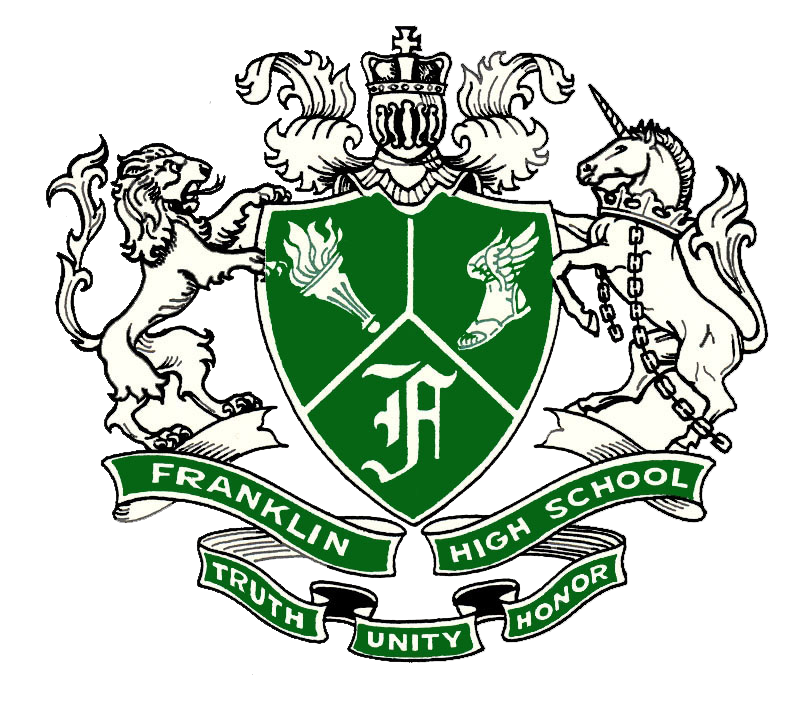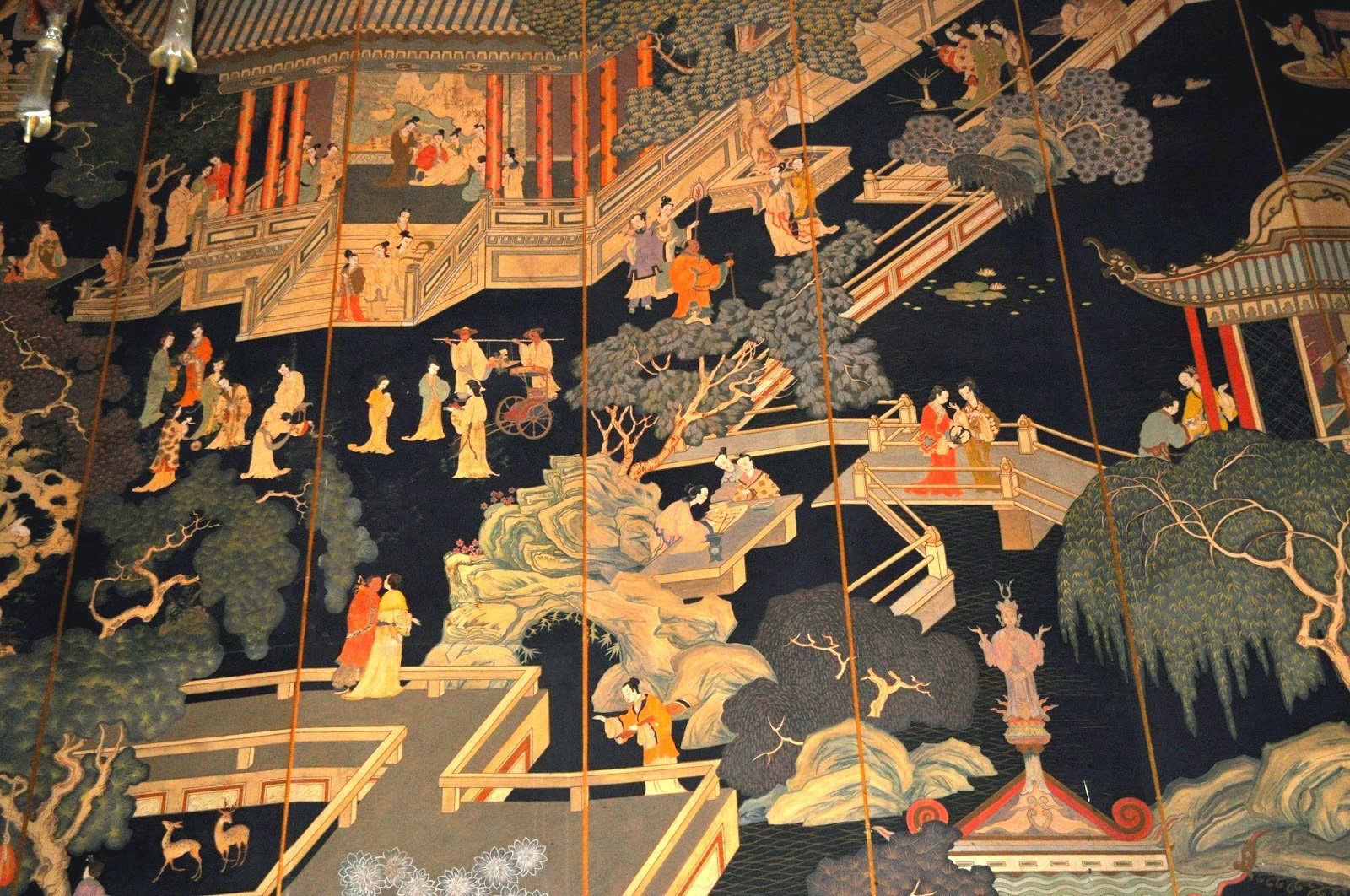Keye Luke, Class of 1922: Actor and Artist (1904-1991)
Growing up in Seattle, born in China, Keye Luke knew that he wanted to be an artist. To his surprise, he also became a movie, television, and stage star. In the 1930s, he played teenager Lee Chan, Charlie Chan’s “number one son” in a series of popular movies. In the 1970s, he became just as famous as Master Po, a blind sage in the hit television series Kung Fu. In a screen, stage, and television career that lasted more than a half century, Luke racked up more than 150 credits as a movie, television, and voice actor. A founding member of the Screen Actors Guild, he was honored in 1991 with a star on Hollywood Boulevard’s Walk of Fame. In May 2015, Luke was inducted into the Franklin High School Hall of Fame in a ceremony at the Mt. Baker Community Clubhouse. In attendance were his niece Myrna Luke Tsukamoto and several other family members.
Keye Luke press photo.
Artistic Leaning from an Early Age
Although his family lived in California, Luke was born in 1904 when the family was visiting Guangzhou, China, then known as Canton. They moved to Seattle when Luke was three years old. Another branch of the family included Wing Luke, after whom a Seattle museum and school are named.
As a child, Keye Luke went to a Seattle Chinese academy as well as the public Pacific Grammar School. In 1917, some months after the United States entered WWI, young Luke was one of the school’s finalists in a Seattle Daily Times composition contest on the theme “Why Buy a War Bond?” But his real interest was art. In 1919, by then at Franklin High School, he joined a Times youth organization called Junior Citizen. Its members provided poems, stories, and art for the paper’s young page for prizes and cash.
Keye Luke drawing Greta Garbo.
By the following spring, however, the Times kid page announced that “Keye Luke was too busy with the Franklin annual work to send anything in.” He was the art director of the Class of 1922 yearbook, lavishly illustrated with his pen and ink drawings. The yearbook wrote of him: “Could the boy throw ink!” and in a senior prophesy forecast him as a world-famous artist. He also played baseball on the field at Twelfth Avenue and Yesler Way.
After graduation, he was soon part of the town’s adult art scene. The Seattle Art Club’s 1922 Halloween party featured a number of his drawings. His illustrations also appeared in Town Crier, the official publication of the Seattle Fine Arts Society. Another art-minded friend was Richard Fuller, who later founded the Seattle Art Museum.
Keye Luke mural in Grauman’s Chinese Theater. (https://silverscenesblog.blogspot.com/2015/03/the-art-of-keye-luke.html)
As a young man, Luke dreamed of art school, but his parents told him that it would be more practical to become an architect. He dutifully enrolled at the University of Washington as an architecture major, but his father’s death caused him to leave college and go to work to support his family.



